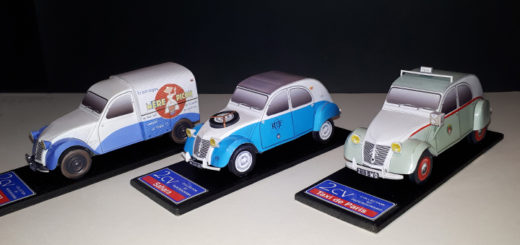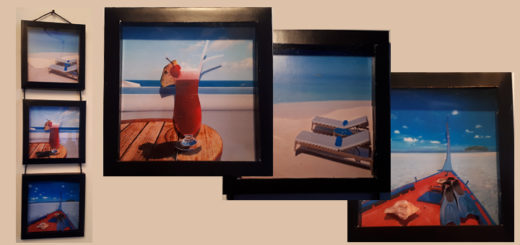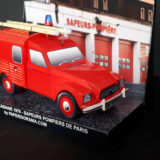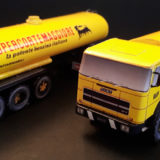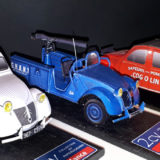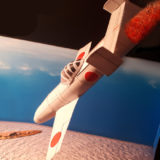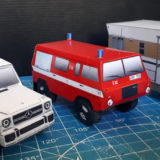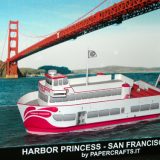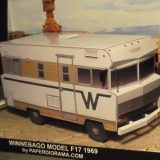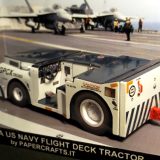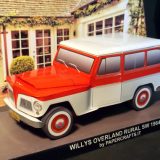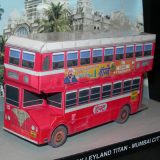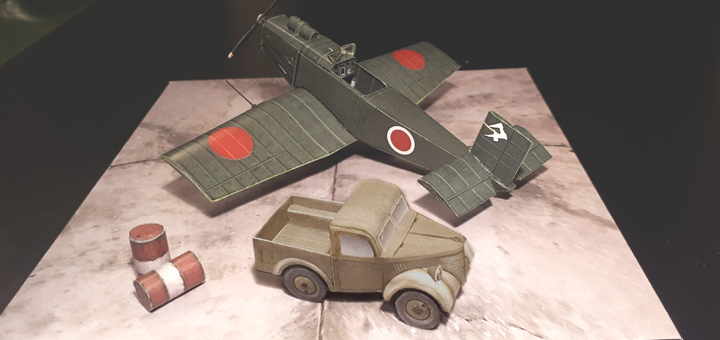
KOKUSAI/TACHIKAWA Ta Go – Prototype of Japanese aircraft intended for suicide Kamikaze attacks during World War II.
Story
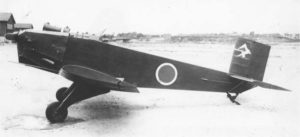 By early 1945, Japanese military and political leaders were aware that sooner or later expected an Allied invasion of the territory of Japan proper. This understanding is pervasive in all strata of Japanese society. The bombing of cities and industrial enterprises were carried out daily, and the armed forces of the Empire fought desperately, leaning on all fronts.
By early 1945, Japanese military and political leaders were aware that sooner or later expected an Allied invasion of the territory of Japan proper. This understanding is pervasive in all strata of Japanese society. The bombing of cities and industrial enterprises were carried out daily, and the armed forces of the Empire fought desperately, leaning on all fronts.
This predicament contributed to the birth of “weapons of last resort” – manned aircraft, designed for massive suicide bombings against the invading Allied fleet. It was found that conventional combat aircraft (fighters, bombers and teaching machines), standing on the arms of the fleet and the army, to carry out massive suicide attacks is no longer sufficient and to increase their production in a bombing and shortages of many materials were impossible.
Thus were born very unique planes which have never appeared and are unlikely to appear in the future. Their sole purpose was to perform a combat mission with the suicide attack of the enemy ship. This mission, as well as the conditions under which they were created, imposed on their very unusual print design.
Kokusai Ta Go
The Ta-Gō was a single seated kamikaze plane made mostly out of plywood, fabric, and wood lathes. The original Ta-Gō design used wood lathes for the fuselage and structure, and used plywood and fabric for the outer skin and control surfaces. The pilot’s compartment featured a simple acrylic glass. The landing gear was fixed, meaning they couldn’t be retracted. It featured a Hitachi Ha-13 Ko 9-cylinder radial engine that produced 450hp, with thin steel sheets as the engine cowling. The only armament it could carry was a 500kg bomb, which cannot be released. Other than these details, little is known about the original Ta-Gō as hardly any evidence exists.
Kurogane typ 95C pick up
The Type 95 was a Japanese scout car built by Tokyu Kurogane Industries and was used during the war with China and World War II in the East (It was often seen as the Japanese equivalent of the Willys Jeep).
Between 1936 and 1944 approximately 4,700 were built. It was the only completely Japanese designed reconnaissance car ever used by the Imperial Japanese Army, which tended to use civilian cars. Its nickname is the “Yonki” which in Japanese means “all-wheel drive”. In the field, soldiers often called it the “daruma” after the Buddhist symbol for good luck.
Download Kokusai/Tachikawa Special Attack Plane “TAGO”- Paper Model 1/72 Scale

